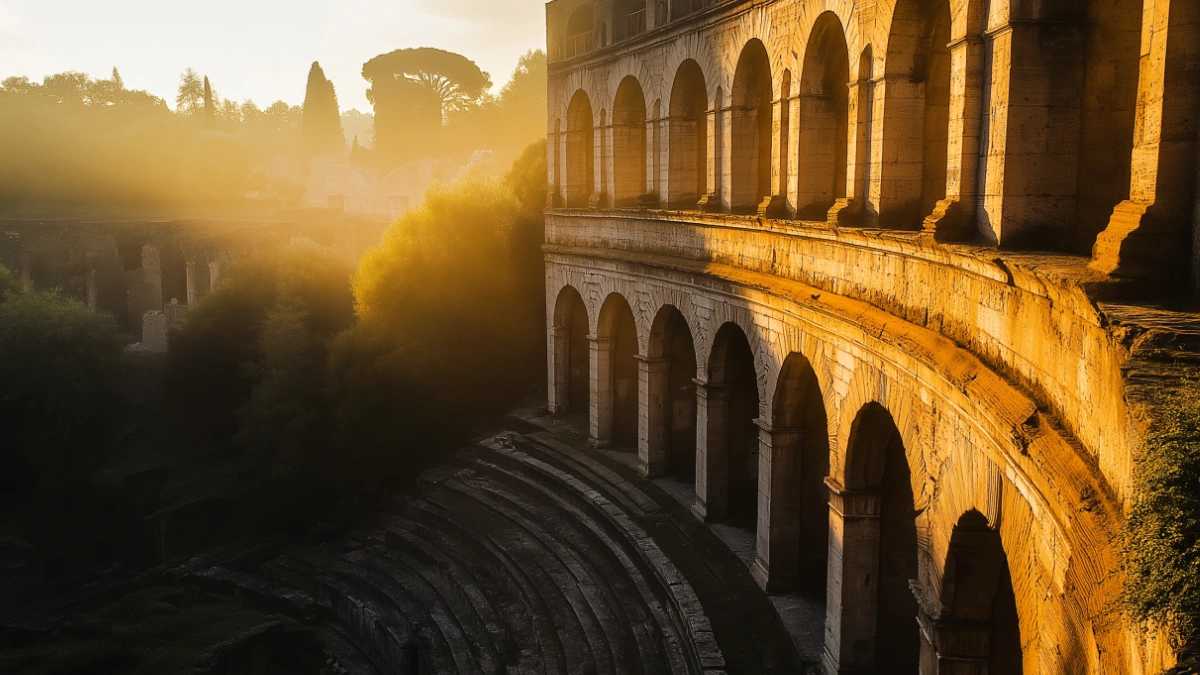Wander Through the Colosseum in Rome and Discover the Soul of Italy’s Eternal City
Table of Contents
Few places in the world evoke the past like the Colosseum in Rome. Standing as a timeless symbol of the Roman Empire’s grandeur, this architectural marvel draws nearly 7 million visitors annually, making it one of the most iconic landmarks on Earth. But beyond its towering arches and weathered stone, the Colosseum offers something even more profound: a glimpse into the very heart and soul of Italy.
Wandering through the Colosseum is not just a tourist activity—it’s a journey back in time, through centuries of history that shaped Western civilization. From the roar of gladiators to the echoes of emperors, this amphitheater has borne witness to stories of power, spectacle, and survival. Whether you’re a history enthusiast, architecture lover, or curious traveler, exploring the Colosseum reveals more than ruins; it unveils Italy’s layered identity and cultural legacy.
In this post, we’ll walk through the experience of visiting the Colosseum, uncover the fascinating stories behind its walls, and explore how this monument embodies the soul of Rome. We’ll also include practical tips, interesting facts, and aesthetic visuals to bring the journey to life.
A Monument to Roman Ingenuity and Power
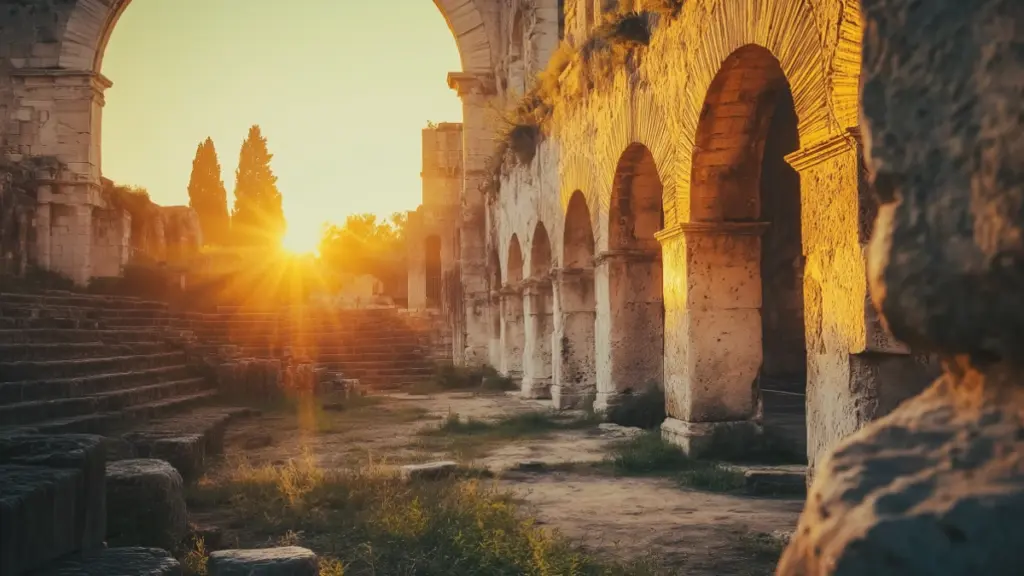
The Colosseum was more than just an arena; it was a statement of imperial dominance and engineering genius. Built under Emperor Vespasian and completed in AD 80 by his son Titus, the amphitheater could hold over 50,000 spectators.
Its architecture remains a marvel. The use of concrete, barrel vaults, and radial corridors ensured crowd control, visibility, and acoustics. The hypogeum—an underground maze of tunnels and chambers—allowed gladiators and animals to appear dramatically in the arena, showcasing Roman flair for spectacle.
Here’s a breakdown of its structural elements:
| Feature | Purpose | Fun Fact |
|---|---|---|
| Elliptical Shape | Maximized audience visibility | Inspired many modern stadiums |
| Hypogeum | Held elevators and trapdoors | Added theatricality to events |
| Arches | Reduced weight and improved flow | 80 entrances for crowd control |
These feats underscore how the Colosseum was not just a place of entertainment—it was Rome’s technological showpiece.
The Spectacles That Defined an Empire
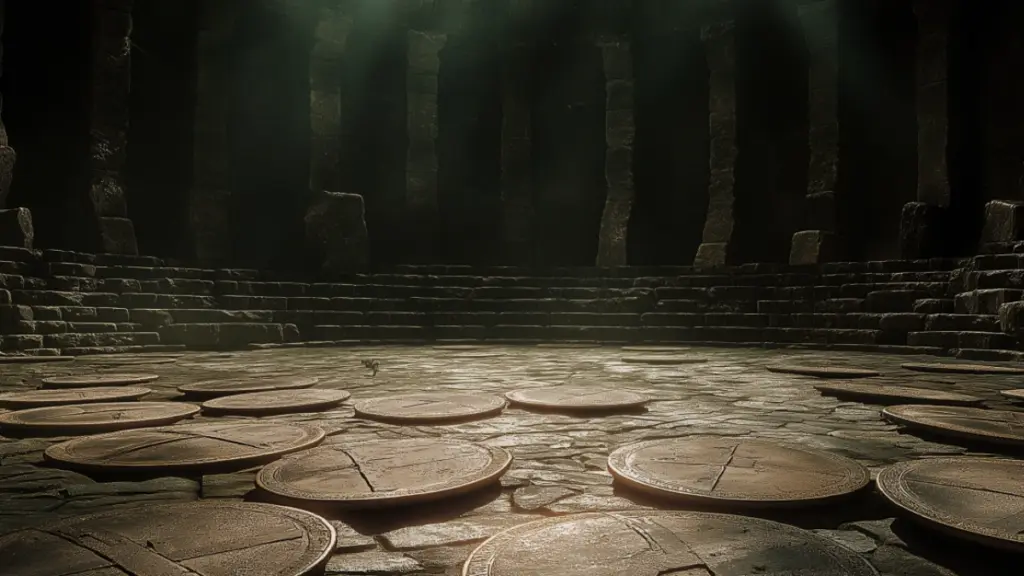
The Colosseum’s events were central to Roman public life. Gladiator battles, animal hunts (venationes), and even naval simulations (naumachiae) filled the arena with excitement—and blood.
Spectacles were more than violent pastimes; they reinforced imperial authority and societal hierarchy. The emperor often sponsored games to gain favor or commemorate victories, and seating arrangements reflected social status—nobility in front, commoners above.
A look at the event types:
| Event Type | Description | Cultural Significance |
|---|---|---|
| Gladiatorial Games | Armed combat between fighters | Demonstrated bravery and Roman ideals |
| Animal Hunts | Exotic beasts fought or were hunted | Showed imperial reach and control over nature |
| Executions | Public punishments of criminals | Served as deterrent and political message |
These spectacles offer insight into Roman values—strength, conquest, and public unity—while also revealing moral tensions that still spark debate today.
The Colosseum Through the Ages
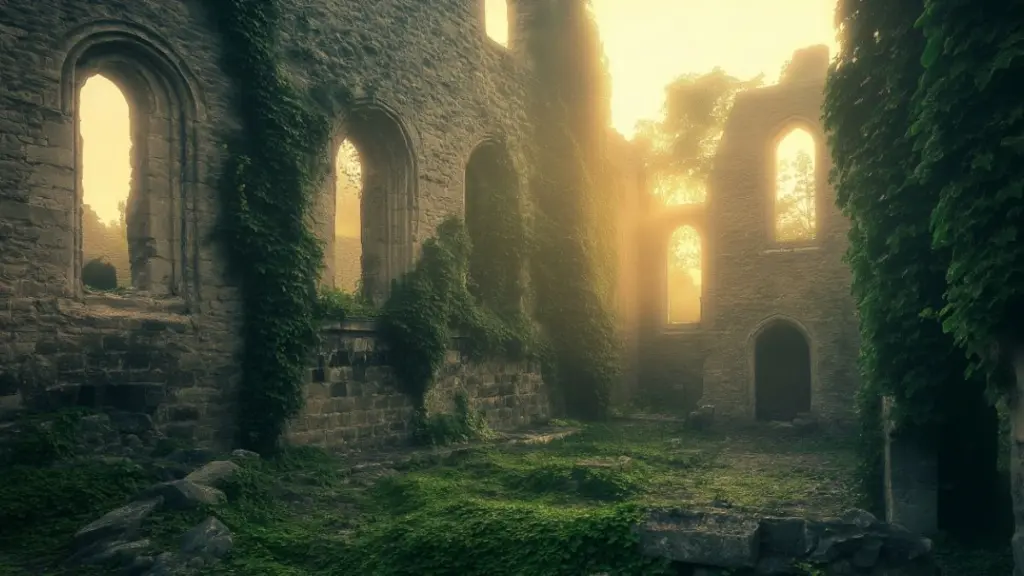
After the fall of the Roman Empire, the Colosseum’s purpose changed dramatically. Earthquakes and stone scavenging left it partially ruined, but medieval Romans adapted it as housing, workshops, and religious sanctuaries.
Its resilience across millennia tells the story of a city constantly reinventing itself.
Timeline of transformations:
| Era | Use of the Colosseum | Notable Events |
|---|---|---|
| Middle Ages | Fortified castle and homes | Controlled by Roman families |
| Renaissance | Source of building material | Marble repurposed for churches |
| 18th–19th Century | Religious monument | Declared sacred to Christian martyrs |
| Modern Era | Tourist attraction and cultural site | Became symbol of global heritage |
This evolution highlights how the Colosseum reflects not only ancient Rome but also the survival of Italian identity through turmoil and transformation.
Practical Guide to Visiting the Colosseum
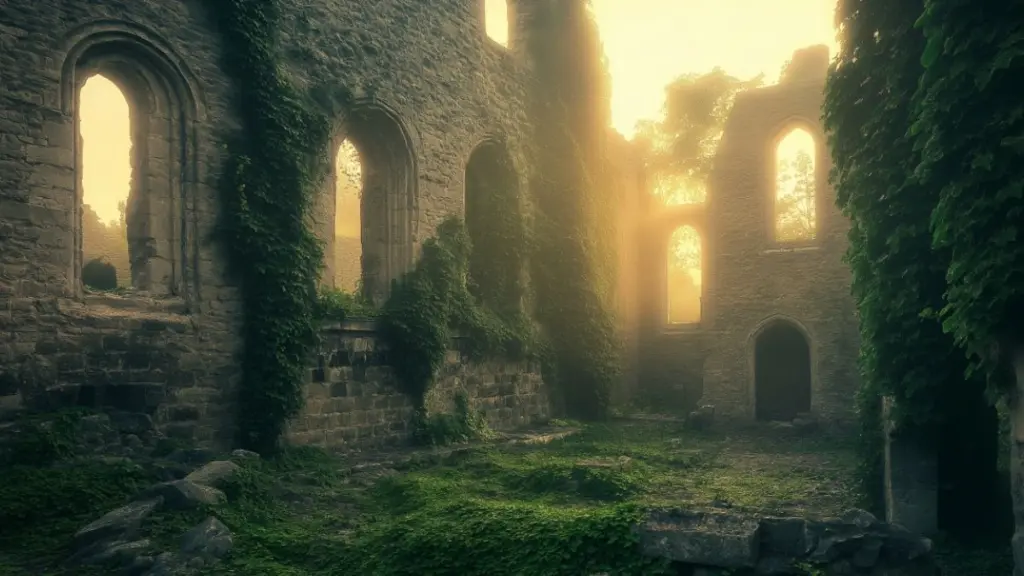
A trip to Rome isn’t complete without stepping inside the Colosseum. With millions of annual visitors, smart planning is essential for a meaningful experience.
Here’s how to make the most of your visit:
| Tip | Details |
|---|---|
| Book in Advance | Online reservations help avoid long lines |
| Choose Early or Late Hours | Avoid crowds and harsh sun |
| Consider a Guided Tour | Gain in-depth historical insights |
| Visit the Roman Forum & Palatine Hill | Often included in combo tickets |
| Dress Comfortably | Stone steps and uneven paths require good shoes |
Don’t rush. Take time to absorb the textures, shadows, and scale. The energy of the place is palpable, especially when it’s quieter.
Why the Colosseum Captures the Soul of Italy
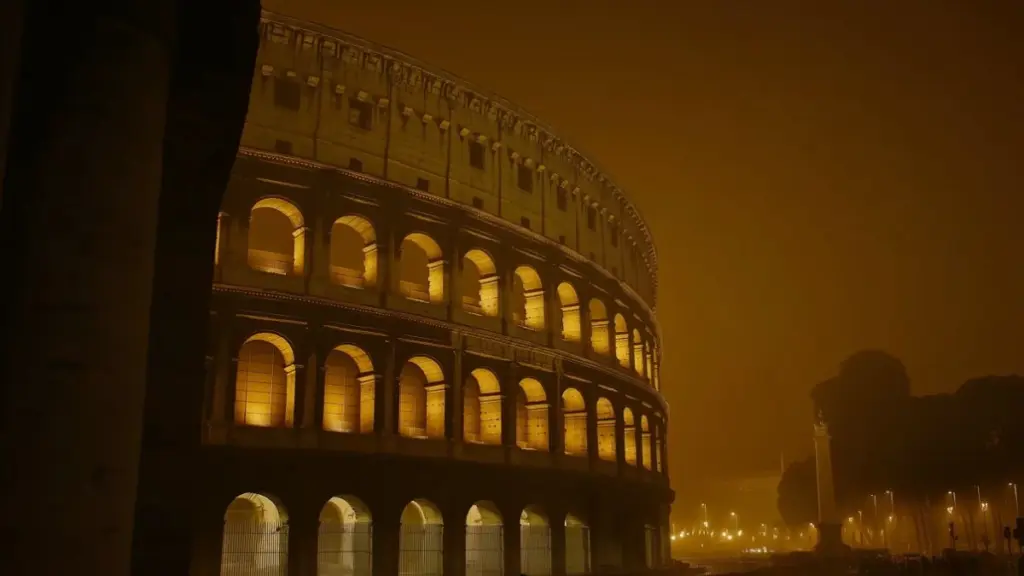
This section expands on the emotional and symbolic resonance of the Colosseum. Beyond history, it serves as a mirror to Italy’s cultural essence: passion, artistry, resilience, and love for beauty.
The Colosseum embodies:
- Passion for Drama: The theatricality of Roman games parallels modern Italian flair in opera, fashion, and cinema.
- Respect for Craftsmanship: The precision of its construction echoes in Italian architecture, cuisine, and design.
- Resilience Through Time: Like Italy itself, the Colosseum has weathered centuries and still stands, proud and enduring.
This monument continues to inspire everything from art to politics—its curved arches a symbol of endurance, its emptiness a canvas for reflection. No wonder it has appeared in films, fashion shoots, and literature across generations.
| Element | Italian Value |
|---|---|
| Architecture | Beauty and balance |
| Ruins | Historical continuity |
| Public Space | Community and connection |
The Colosseum is not just a relic. It’s a storyteller—one that narrates Italy’s past and fuels its modern soul.
Nearby Treasures: Exploring the Roman Forum and Palatine Hill
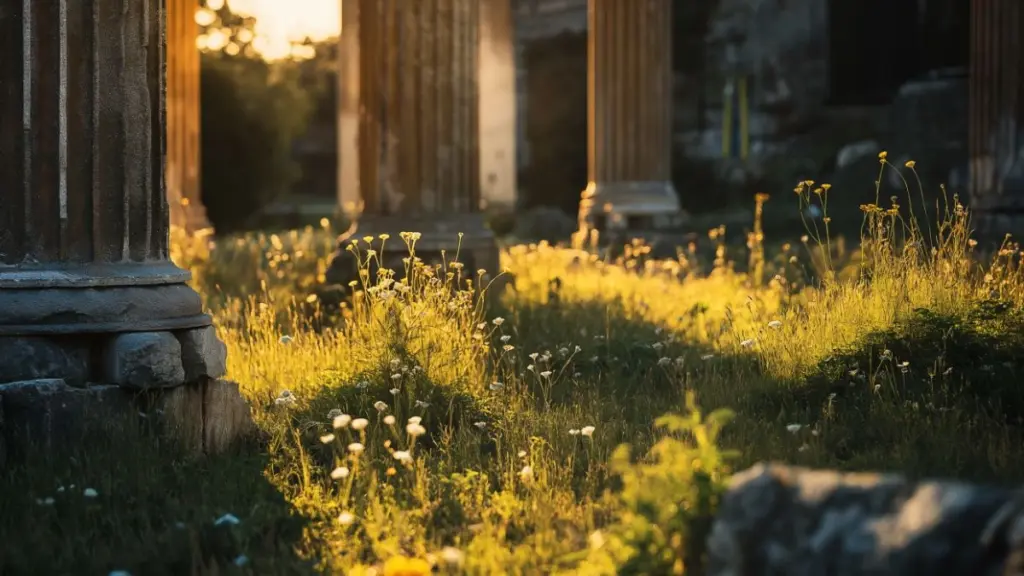
This section expands the journey to neighboring landmarks that enhance the Colosseum experience.
Just steps away, the Roman Forum was once the heart of Roman public life. Palatine Hill, overlooking the Forum, housed emperors and elite citizens. Together, they complete the picture of ancient Rome’s daily grandeur.
Highlights include:
| Site | Key Attractions | Why Visit |
|---|---|---|
| Roman Forum | Arch of Titus, Temple of Saturn | Walk the path of Rome’s leaders |
| Palatine Hill | House of Augustus, panoramic views | Stunning gardens and ruins |
| Via Sacra | Main street through the Forum | Sacred road for triumphal processions |
Wandering through these spaces evokes a tangible sense of history—every column and arch holds stories of ambition, betrayal, and glory.
Conclusiom
Every traveler to Rome comes for the Colosseum—and leaves with more than photos. You leave with a deeper understanding of Italy’s soul. Through its architecture, stories, and quiet endurance, the Colosseum embodies the timeless tension between glory and decay, pride and humility.
To walk its corridors is to trace the roots of modern society—from law and politics to art and spectacle. This isn’t just a monument. It’s a living memory of the Eternal City.

